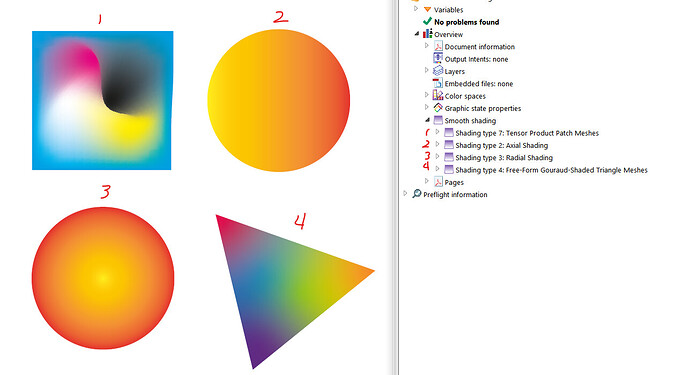Business cards serve two main purposes: provide the recipient with contact information and create positive emotional responses consistent with an ideal first impression.
The latter of those two purposes is difficult to achieve. This is because it requires the ability to put oneself in the recipient’s position while noticing those subtle emotions that are only subconsciously perceived by the recipient. In addition, it requires the ability to design the card in a way that evokes those subtle emotions. Doing this requires experience.
Evoking the desired emotional response involves considering everything that most people overlook: the card’s texture, the card stock’s thickness, and the tactile experience of how the card feels in one’s hand. For example, is it sharp and crisp or bendy and rubbery? Will the recipient feel raised letters or an embossed logo? Will the appearance of the card change depending on the lighting or the angle from which the card is viewed?
Varnishes, foil, embossing, engraving, thermography, and various finishes can be used in creative ways to create a perfect symphony of subtle sensory experiences that add up to a positive first impression.
I haven’t even touched on your latest design yet because I don’t think you’ve even considered the depth of the problem beyond the surface appearance of the card.
Leaving those considerations aside, I have a few comments on your design.
First, your new version of the card is a vast improvement over your initial version. As you mentioned someone saying, though, it looks uninspired.
Swoosh shapes were very stylish and overused back in the '80s and '90s. Even when someone doesn’t consciously recognize it, the shapes convey a subtle feeling of something outdated. I assume you used those shapes to suggest the sea, which is understandable, given the company name. However, there’s probably a better, more contemporary way of achieving that.
Serif typography certainly has its place, but a sans-serif might work better on your card because sans-serif is more closely associated with business purposes. I don’t know why you’ve switched back and forth between caps and lowercase. I love old-style numerals, but they’re essentially lowercase figures, which look a little out of place when adjacent to uppercase letters.
If the business name includes the word Consulting, that word should be treated the same as the first two words in the name. I don’t understand why you created such a large space between the lines of type in the name and made the point size of the word Consulting smaller with tighter letter spacing. In addition, lowercase letters rarely look right when they’re spaced out, as you’ve done. Loose letter spacing on caps is common and can look pretty good, but it rarely works with lowercase (and honestly, I’m not quite sure why).
By the way, look at the cards below. They’re not all great, and I don’t know what might be most appropriate for your uncle’s business niche. However, most have a professional business look that might trigger an idea that could work for you. (Ignore the reference to PSD cards — business cards should never be built in Photoshop.)
